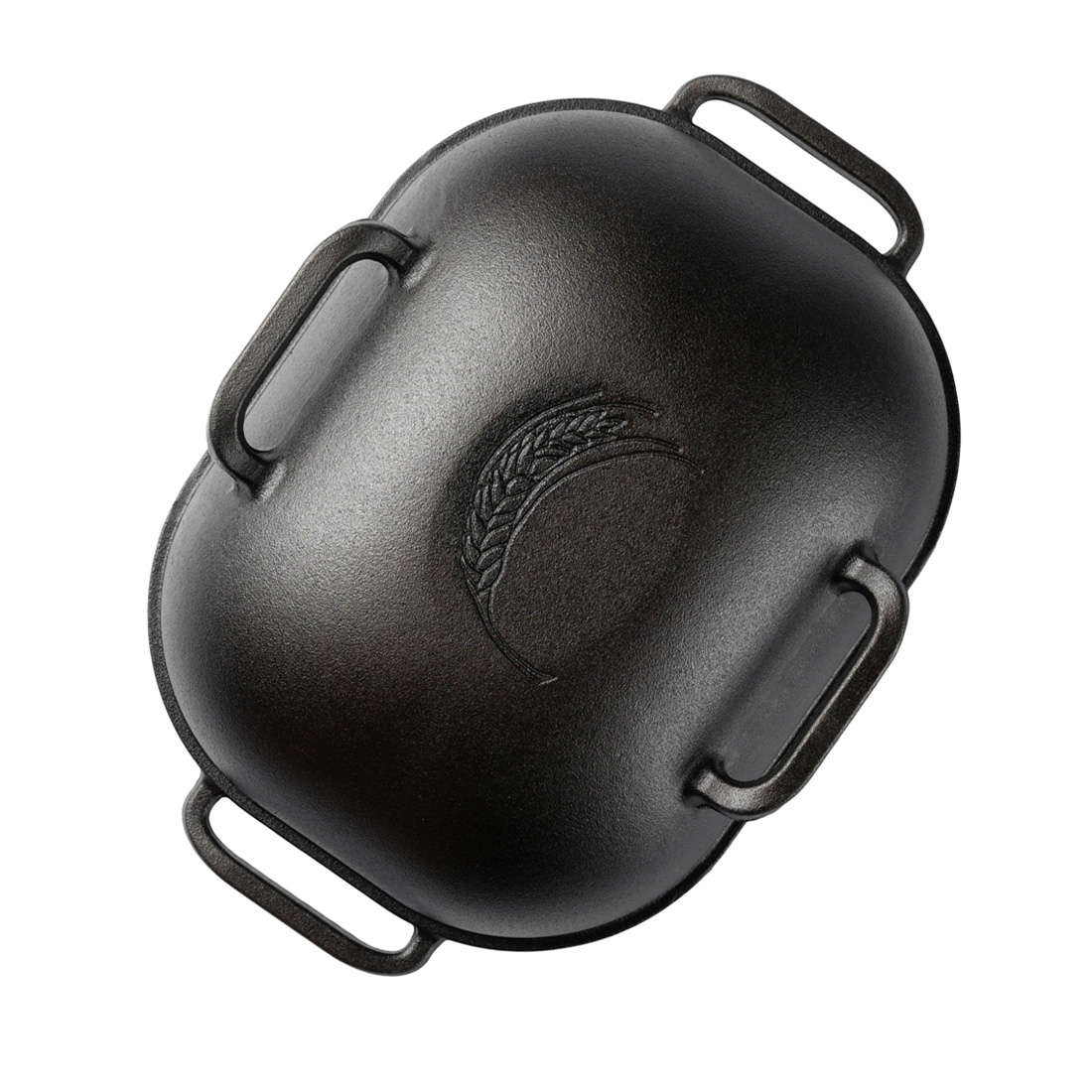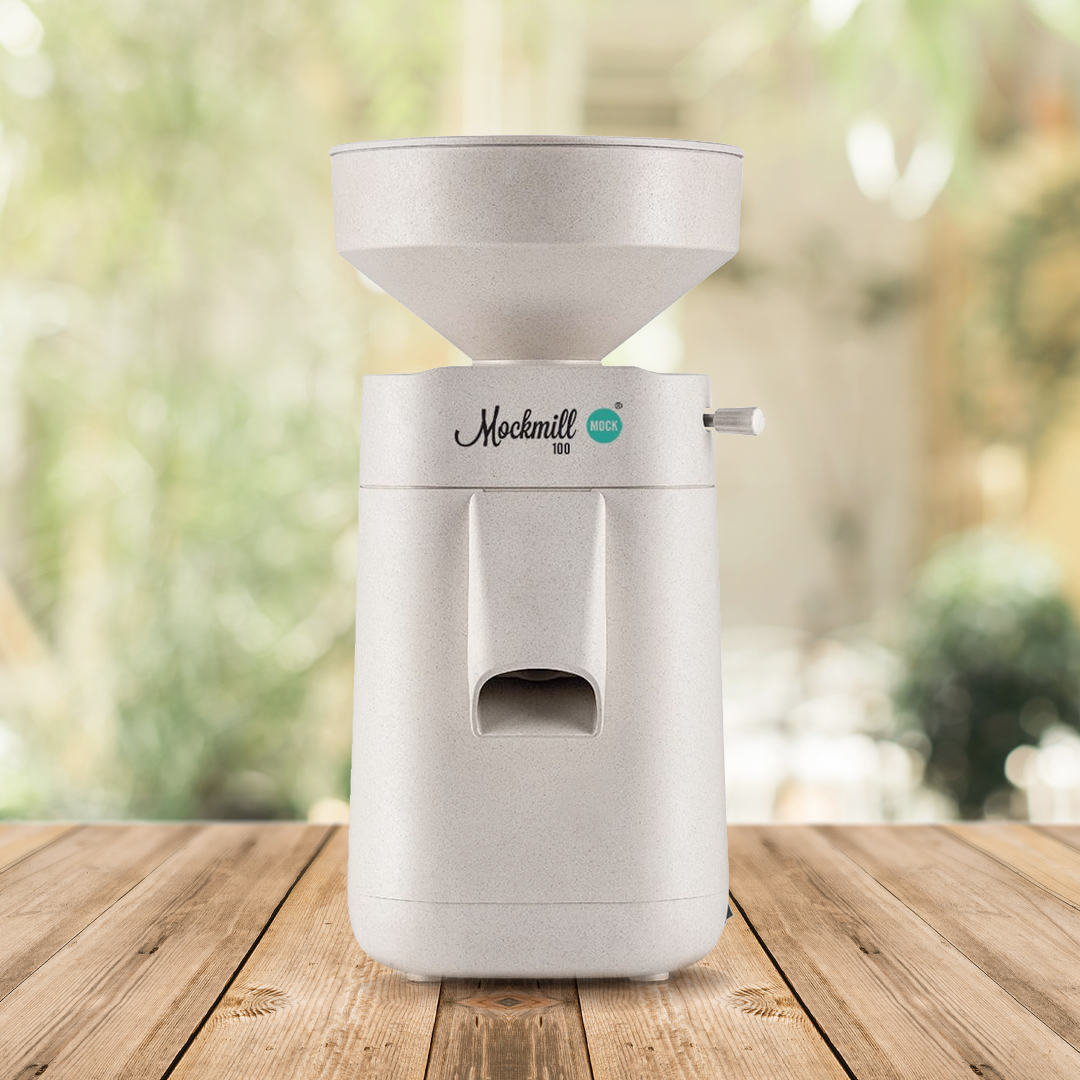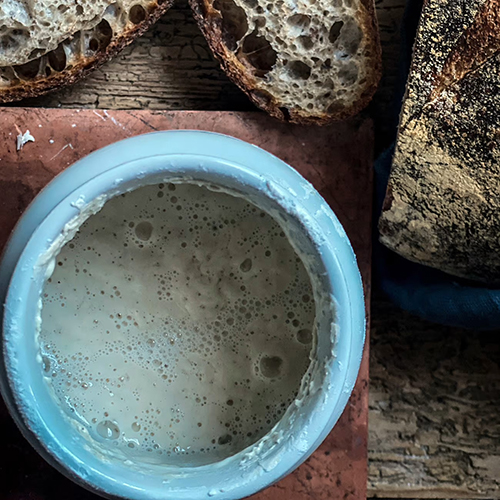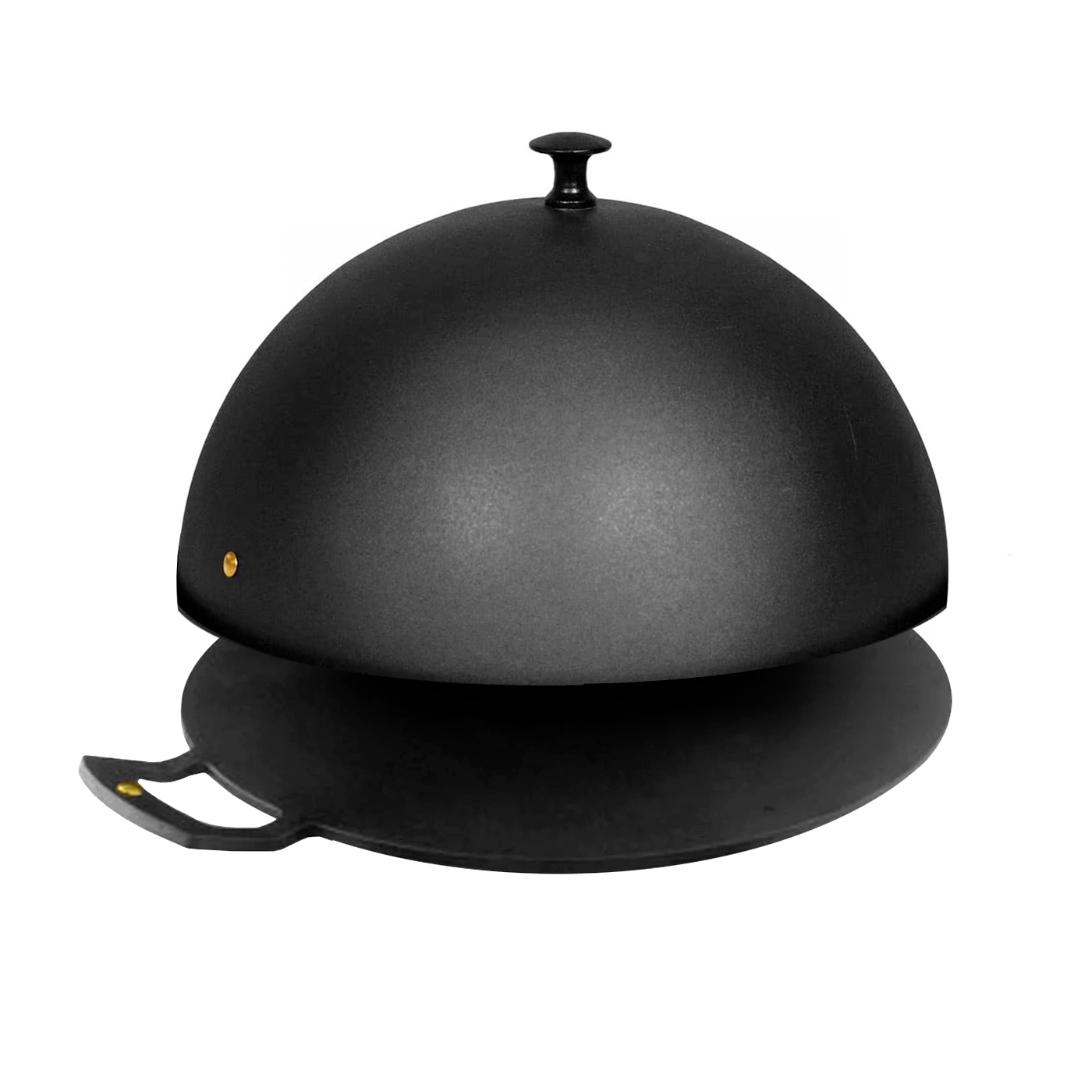Porcelain and ceramic are both made from clay and a popular material for bakeware and dishes.
The key differences between the two are composition and how the clay has been processed.
In the case of porcelain, a fine clay is baked at a high pressure and temperature. Whereas, in the case of ceramic, the clay is packed less tightly and baked at a lower pressure and temperature.
The increased resource needed for porcelain makes it slightly more expensive to produce. Ceramic may offer a cheaper alternative. However, ceramic is less dense and, as a result, more porous.
Ceramic
Ceramic is made from red, brown or white clay. A coloured enamel coating is often applied to cover the porous clay core.
Porcelain
Porcelain is formed from white clay. Additionally, sand and feldspar are added to the mix and thus increase density. The firing process is higher, resulting in a denser piece of stoneware.
Permeability
In most cases, bakeware often requires a none-porous surface to resist and hold liquid. It also helps with cleanliness.
Coatings
Glazes and coatings can cover a range of other materials.
Sourdough Hydration Calculator Buy a Sourdough Starter Sourdough Recipes
 Challenger Bread Pan
Challenger Bread Pan Mockmill 100 Grain Mill
Mockmill 100 Grain Mill White Sourdough Starter Kit
White Sourdough Starter Kit Netherton Foundry Bread Pan
Netherton Foundry Bread Pan
Leave a Reply